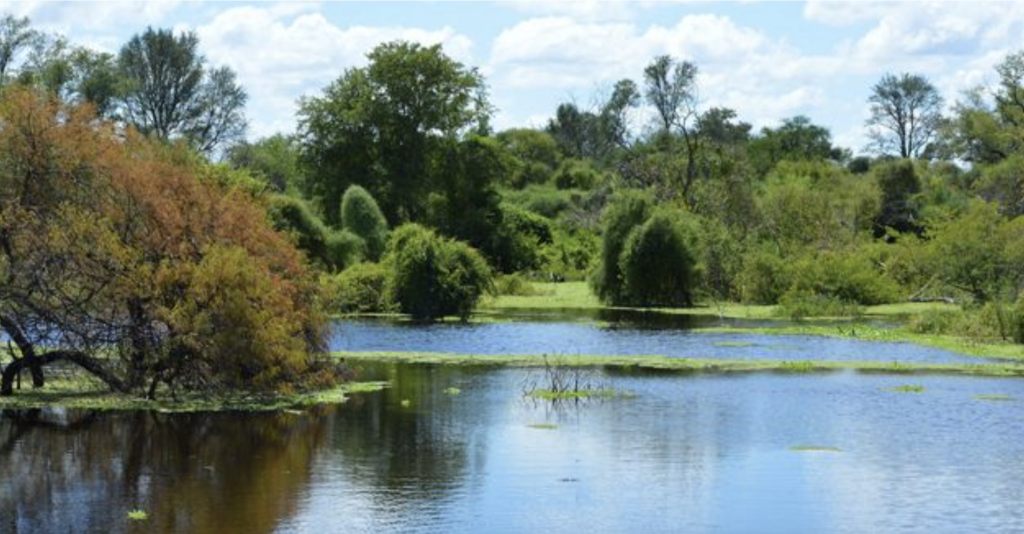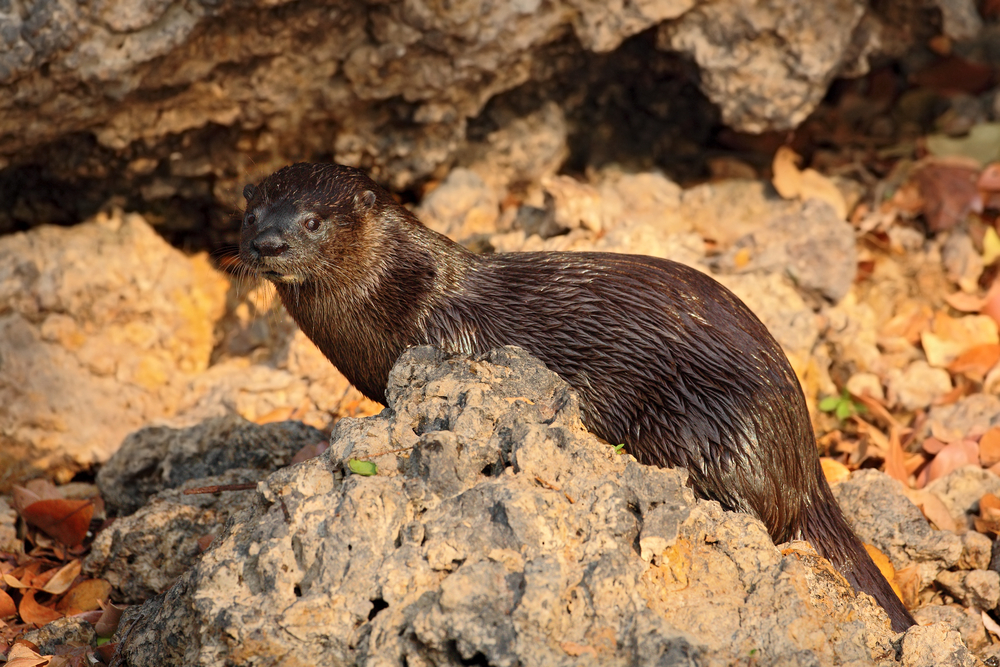San Rafael Overview
San Rafael National Park, known locally as Parque Nacional San Rafael, is a vast protected area located in the Itapúa and Caazapá departments of Paraguay.
Covering approximately 278 square miles (720 square kilometers), this park is one of the last remaining significant portions of the Upper Paraná Atlantic Forest, a highly threatened ecoregion in South America. The park lies in the southeastern part of the country, near the Paraná River, and is a critical area for biodiversity conservation.
While officially designated as a national park, its legal status remains somewhat unclear, as much of the land is still privately owned or managed under conservation agreements.
The terrain of San Rafael National Park is characterized by rolling hills, dense forests, and numerous streams that feed into the Paraná River basin. The forest canopy is thick, creating a lush and humid environment that supports an incredibly diverse array of plant life.
Towering hardwood trees such as lapacho, guatambú, and cedro dominate the landscape, while bromeliads, orchids, and ferns thrive in the understory. The park’s undisturbed wilderness is also home to patches of grassland and wetlands, which further enhance its ecological diversity. Although lacking dramatic mountain peaks or large waterfalls, the park’s rich forested landscapes and hidden streams make it a haven for wildlife and nature enthusiasts.
San Rafael National Park is a sanctuary for many rare and endangered species. It is particularly renowned for its birdlife, as it serves as a critical habitat for over 400 bird species, including the harpy eagle, vinaceous-breasted amazon, and helmeted woodpecker.
The park is one of the most important areas in Paraguay for bird conservation, attracting ornithologists and birdwatchers from around the world. In addition to its avian diversity, the park harbors a variety of mammals, such as jaguars, ocelots, tapirs, and giant anteaters.
Smaller species like armadillos and agoutis can often be spotted foraging on the forest floor, while troops of capuchin monkeys move through the canopy. The dense vegetation and limited accessibility make wildlife viewing a challenge, but for those patient enough, the rewards are exceptional.
One of the most popular features of San Rafael National Park is its pristine Atlantic Forest, which remains one of the last unfragmented sections of this ecosystem in Paraguay. The park’s trails allow visitors to immerse themselves in an untouched natural setting, offering opportunities for hiking, birdwatching, and wildlife photography.
Guided tours provide deeper insights into the park’s biodiversity, with local conservation groups working to promote ecotourism and environmental education. While there are no major infrastructure developments such as lodges or visitor centers within the park, nearby communities provide accommodations and access points for those wanting to explore its wonders.
San Rafael National Park faces significant conservation challenges, primarily due to deforestation, illegal logging, and agricultural expansion. The park has been under threat for decades, as large portions of its land remain under private ownership, making enforcement of environmental protections difficult.
However, conservation organizations and local communities have made notable efforts to protect the forest, working on reforestation initiatives and promoting sustainable land-use practices. Despite ongoing threats, the park remains a crucial stronghold for Paraguay’s biodiversity, and continued conservation efforts are essential for preserving this unique ecosystem.












































































